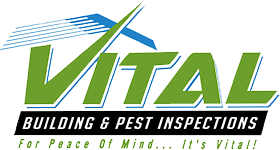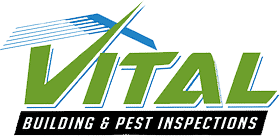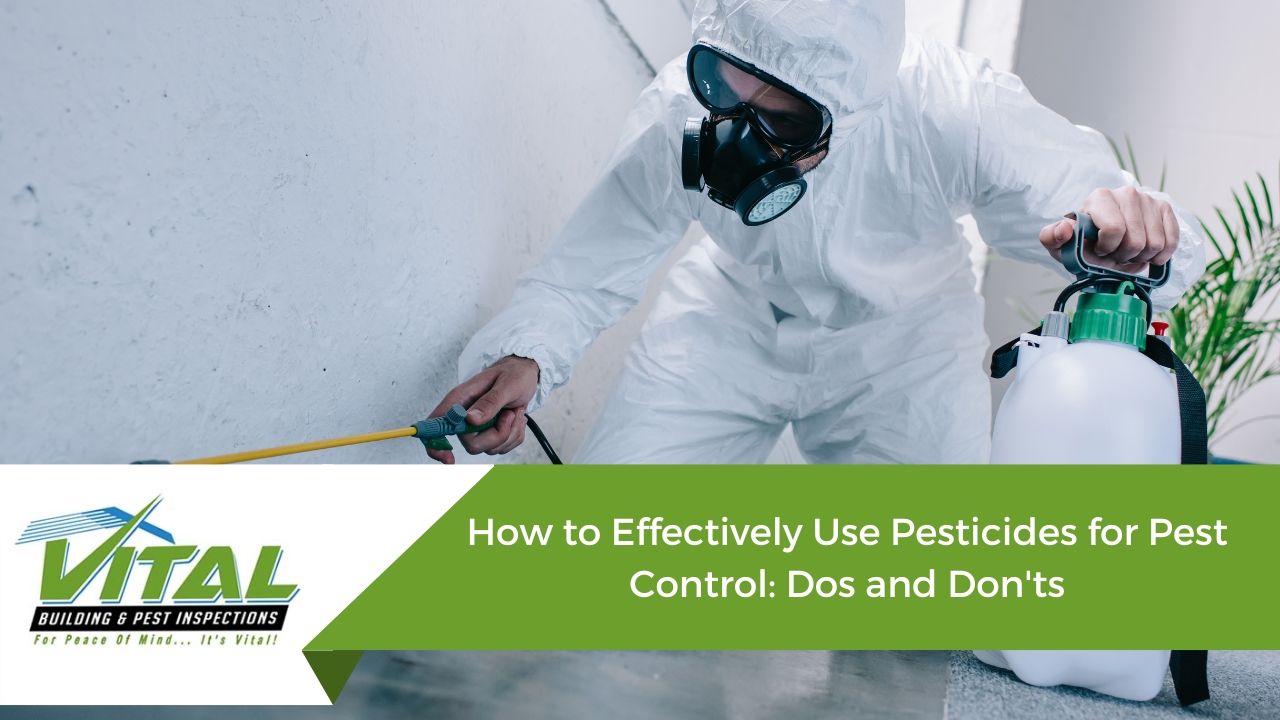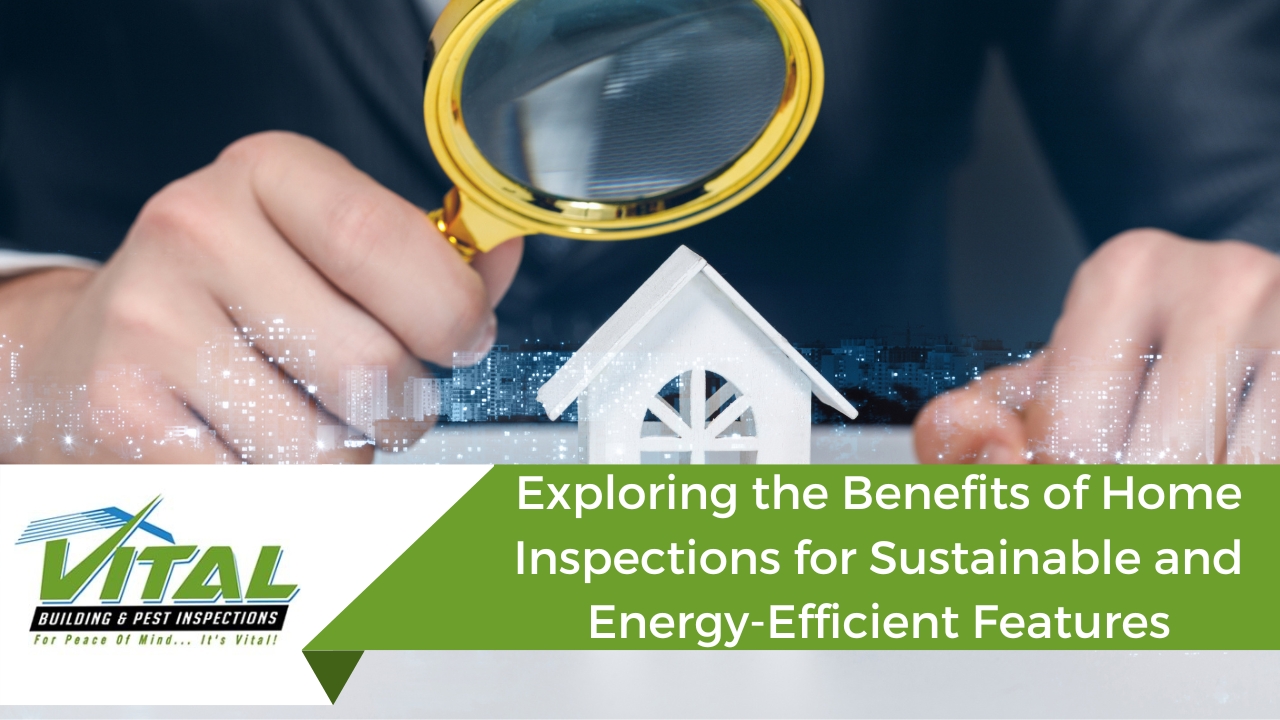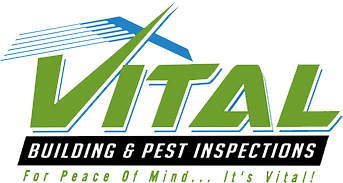Pest infestations can be a frustrating and stressful problem for homeowners and business owners alike. Whether it’s ants, roaches, termites, or any other common household pests, it’s essential to find effective ways to control and eliminate them. One common approach to pest control is the use of pesticides, which can be highly effective if used correctly. However, pesticides can also be dangerous if misused or overused, so it’s essential to understand the dos and don’ts of using them for pest control. In this blog post, we’ll explore some best practices for effectively using pesticides to control pests while keeping yourself and your family safe. We’ll also discuss some alternatives to pesticides for those who prefer a more natural approach. So, let’s dive in and learn how to effectively use pesticides for pest control!
Understanding pesticides: What they are and how they work
Pesticides are chemicals designed to kill or control pests, including insects, rodents, weeds, and fungi. They come in many forms, including sprays, baits, dusts, and granules, and they work in a variety of ways depending on their active ingredients.
Some pesticides work by disrupting the pests’ nervous systems, causing paralysis or death. Others interfere with pests’ ability to reproduce or grow, while still others work by disrupting their feeding habits. Regardless of how they work, all pesticides must be used with care to avoid harming people, pets, or the environment.
It’s important to note that not all pesticides are created equal. Some are more toxic than others, and some can linger in the environment long after they are applied. That’s why it’s important to choose the right pesticide for the job and to follow all safety precautions when using it.
When using pesticides, it’s also important to consider the potential impact on non-target species, such as beneficial insects or animals. To minimise the impact on non-target species, choose a pesticide that is specific to the pest you’re targeting, and apply it only where needed. Additionally, it’s a good idea to avoid using pesticides in areas where pollinators or other beneficial species are active, such as near flowering plants or vegetable gardens.
By understanding how pesticides work and the potential risks associated with their use, you can make informed decisions about how to control pests in your home or business.

Dos and don’ts of using pesticides for pest control
When using pesticides for pest control, there are several dos and don’ts to keep in mind to ensure their safe and effective use.
Dos:
- Do read and follow all label instructions carefully before using any pesticide. This includes information on how to apply the pesticide, how much to use, and how often to apply it.
- Do wear appropriate protective clothing and equipment, such as gloves, goggles, and a mask, when handling and applying pesticides.
- Do use pesticides only as directed and in accordance with all laws and regulations.
- Do store pesticides in a secure location out of reach of children and pets.
- Do dispose of empty pesticide containers and leftover pesticides properly, according to local laws and regulations.
Don’ts:
- Don’t apply pesticides on windy days or when rain is in the forecast, as this can cause the pesticides to drift and potentially harm unintended targets.
- Don’t apply pesticides in areas where food is stored, prepared, or consumed, or on surfaces where people will come into direct contact with them.
- Don’t apply pesticides to water sources, such as ponds or streams, as this can harm aquatic life and contaminate the water supply.
- Don’t mix pesticides unless specifically instructed to do so on the label, as this can cause chemical reactions that can be dangerous.
- Don’t overuse pesticides, as this can lead to pesticide resistance and potentially harm beneficial insects and animals.
By following these dos and don’ts, you can use pesticides safely and effectively to control pests in your home or business.
Safety precautions when using pesticides
Pesticides can be dangerous if not handled and used properly. To minimise the risk of exposure and harm to yourself, your family, and the environment, it’s important to follow these safety precautions when using pesticides:
- Read and Follow the Label Instructions Carefully: Before using any pesticide, carefully read and follow all instructions on the label. The label provides important information on how to safely use and apply the pesticide, including recommended protective equipment, application rates, and disposal instructions.
- Wear Protective Clothing and Equipment: When handling and applying pesticides, wear protective clothing and equipment, including gloves, goggles, a mask, and long-sleeved clothing. This can help reduce the risk of skin, eye, and respiratory irritation or exposure.
- Avoid Contact with Skin and Eyes: To avoid exposure, try to avoid getting pesticides on your skin or in your eyes. If contact does occur, immediately wash the affected area with soap and water for at least 15 minutes.
- Keep Pesticides Out of Reach of Children and Pets: Store pesticides in a locked cabinet or other secure location out of reach of children and pets.
- Dispose of Pesticides Properly: After using a pesticide, properly dispose of any unused product and empty containers in accordance with local laws and regulations. Do not reuse empty containers, as they may still contain traces of the pesticide.
- Ventilate Treated Areas: After applying a pesticide, open windows, and doors to allow fresh air to circulate and help reduce any lingering pesticide odours or fumes.
- Wash Clothing and Equipment: After using pesticides, wash your clothing and equipment separately from other laundry to prevent contamination.
By following these safety precautions, you can help minimise the risk of exposure and harm when using pesticides for pest control.

Alternatives to pesticides for pest control
Pesticides can be an effective tool for controlling pests, but they can also pose risks to human health and the environment. Fortunately, there are alternatives to pesticides that can be just as effective at controlling pests without the risks. Integrated Pest Management (IPM) is a holistic approach to pest control that emphasises prevention and non-chemical control methods. It involves identifying the pest species, monitoring their populations, and implementing a combination of cultural, mechanical, and biological controls to reduce pest populations. Cultural control methods involve modifying the pest’s habitat or environment to make it less hospitable. For example, removing food sources or fixing leaky pipes can help reduce pest populations without the need for pesticides.
Mechanical control methods involve physically removing pests or blocking their entry to your home or business. For example, using screens on windows and doors, sealing cracks and crevices, or using traps can help reduce pest populations without the use of pesticides. Biological control methods involve using natural predators, parasites, or diseases to control pest populations. For example, releasing ladybugs to control aphids or using nematodes to control soil-dwelling pests can be an effective alternative to pesticides.
Heat treatment involves raising the temperature in a room or area to a level that is lethal to pests. This can be an effective alternative to chemical treatments for certain pests, such as bed bugs. By using these alternative methods to control pests, you can reduce your reliance on pesticides and minimise the potential risks associated with their use. However, it’s important to note that these alternative methods may not be as effective as pesticides in some situations. If you’re considering an alternative to pesticides, it’s a good idea to consult with a pest control professional to determine the best course of action for your specific pest problem.
Contact Vital Building Inspections Sydney for top-quality services in Sydney and surrounding suburbs
If you’re in need of pest control or building inspections in Sydney and the surrounding suburbs, don’t hesitate to contact Vital Building Inspections Sydney. Our team of experienced professionals are dedicated to providing top-quality services to ensure your home or business is pest-free and structurally sound. Whether you’re dealing with a current pest problem or just want to ensure the safety and stability of your property, we’re here to help.
With our state-of-the-art equipment and extensive knowledge of the industry, you can trust us to provide thorough inspections and effective solutions to any pest or building issues you may be facing. We pride ourselves on our attention to detail and our commitment to customer satisfaction, and we’re always available to answer any questions or concerns you may have.
Don’t let pests or structural issues compromise the safety and value of your property. Contact Vital Building Inspections Sydney today on 0401 012 074 to schedule an appointment with our team of experts.
